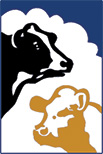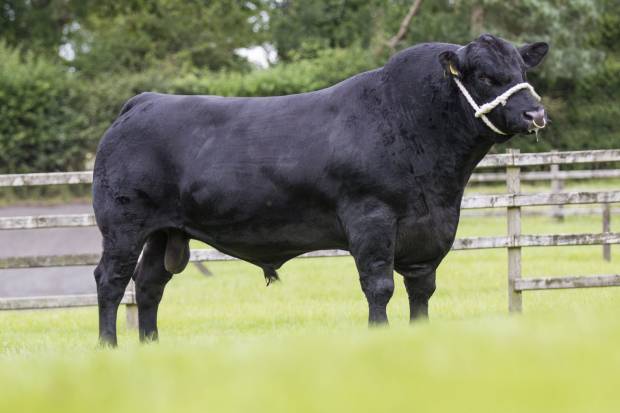Getting the best out of A.I.
It is widely accepted that A.I. allows access to superior genetics. What steps can be taken by a farmer wishing to realise the potential benefits?
Heat Detection
Nature has equipped the stock bull to identify cows in season. We, on the other hand, struggle to approach his level of accuracy.
The traditional recommendation is to observe cows at least twice a day, for 20-30 minutes, throughout the breeding season. The goal is to identify those cows that stand firm when mounted by other animals. A.I. should take place 5-20 hours after this first happens.
Modern technology has allowed ever-increasing accuracy, with progression from tail paints, heat detection pads, through pedometers to the current generation of movement sensors and associated transmitters.
Management
High levels of dairy herd fertility can be achieved and are routinely reached with good husbandry and attention to animal health and condition.
Nutrition
The key issue on most farms is to ensure cows are not losing body condition at an excessive rate at the point of breeding. Any strategy that increases Dry Matter Intake of quality fodder is of benefit.
Most concentrate rations commercially available for lactating cows in Northern Ireland are appropriately fortified with the required trace elements and vitamins to ensure good levels of fertility. Supplementary sources are also readily accessable.
Stress
High incidence of lameness in a dairy herd will always depress fertility. Lameness may indicate the presence of underlying metabolic disorders, or that the surface on which the animals are walking is worn, uneven or unstable.
Cows should not be inseminated until at least 50 days post calving, and never when infection is suspected, eg. dirty vaginal discharge or ‘whites’. Any factor that puts cows under stress, eg. nutritional, a change in social grouping, over stocking, or adverse environment can severely impact on fertility.


